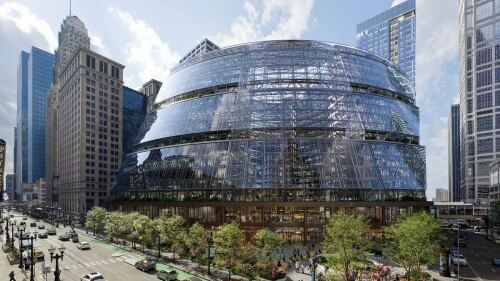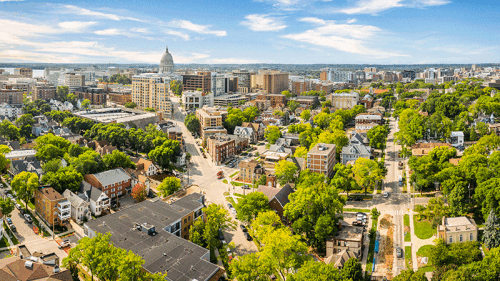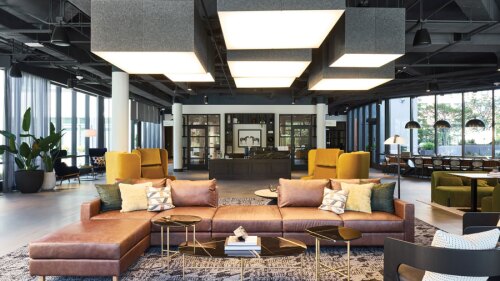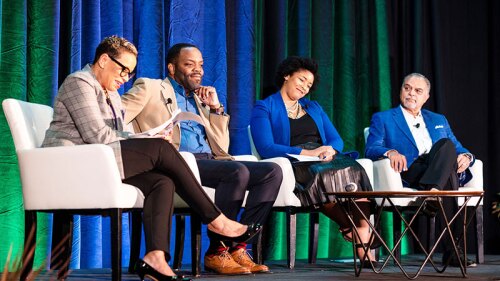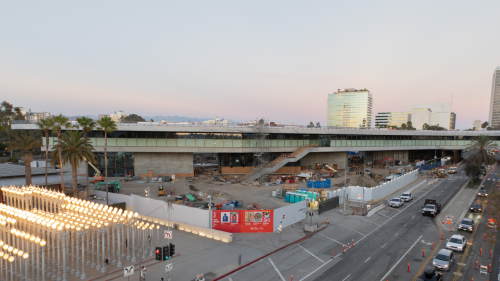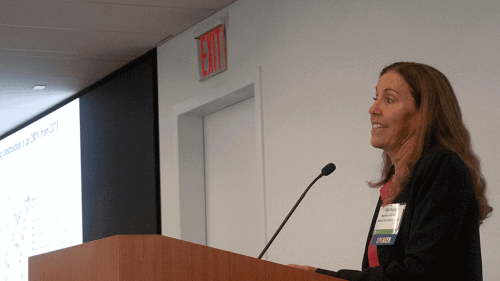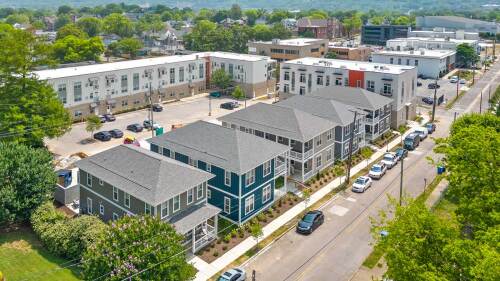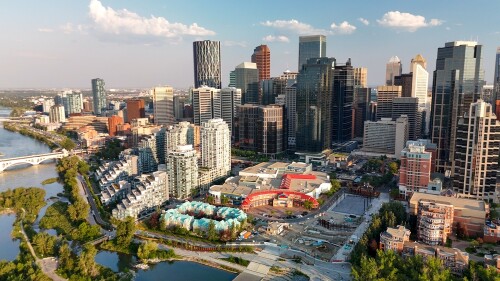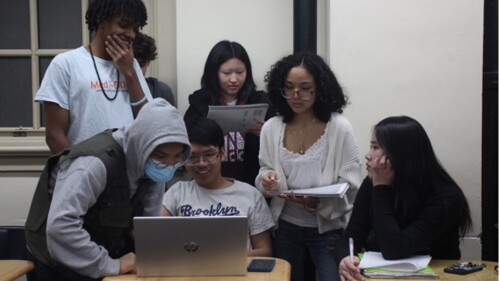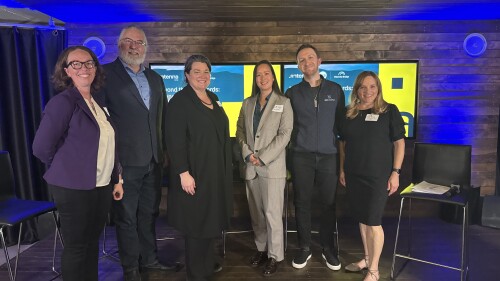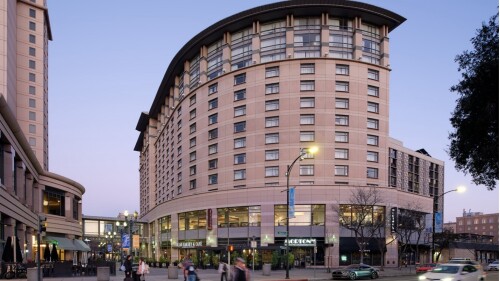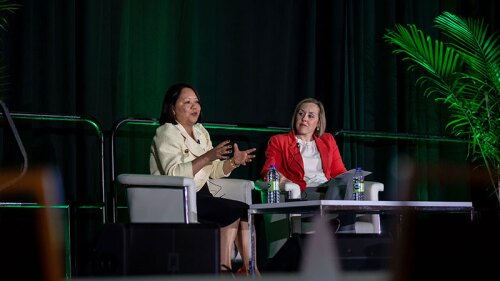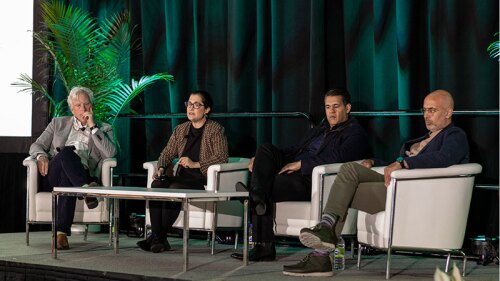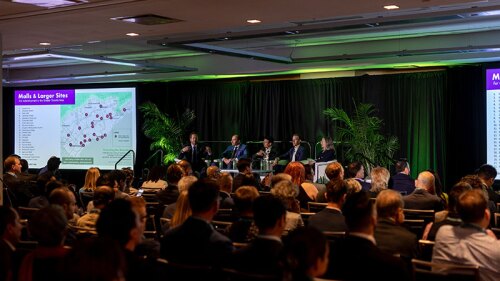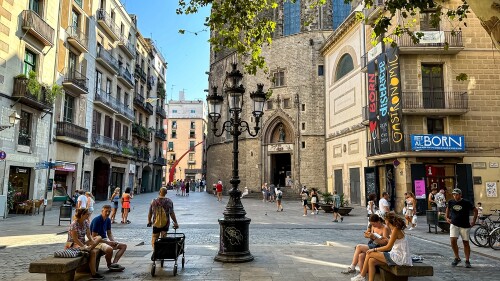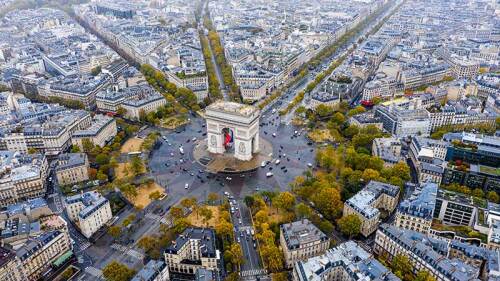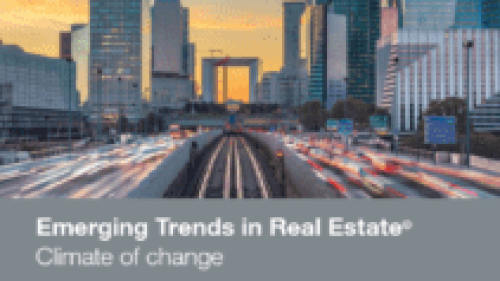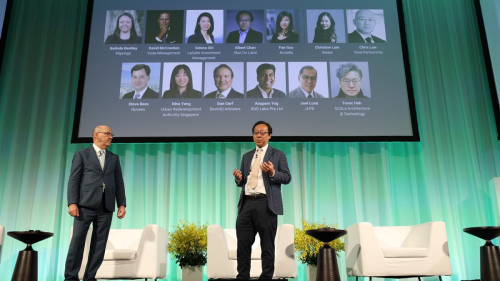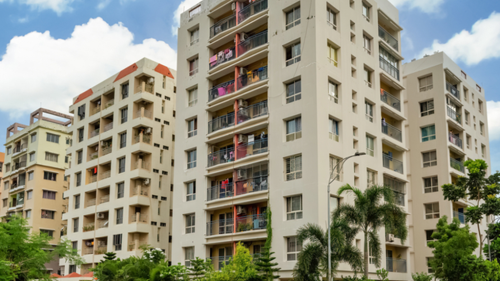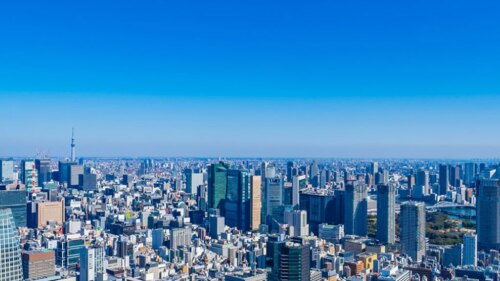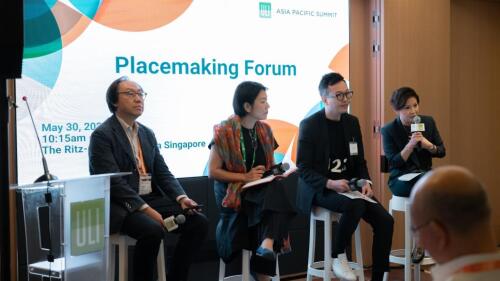Markets
Chicago
Since assuming office in 2018, Assessor Fritz Kaegi has overseen the assessment of all residential and commercial properties in Cook County, the region in northeastern Illinois that includes Chicago.
Developer Quintin Primo, who has done more than $14 billion worth of transactions over his decades-long career, is currently eyeing revitalizing Chicago’s Loop in his hometown, among other projects.
Marshall Bennett Institute of Real Estate was awarded first place in the graduate division of the 13th annual Harold E. Eisenberg Foundation Real Estate Challenge, which culminated with final presentations in April at the offices of Holland & Knight, 150 N. Riverside Plaza in Chicago.
Dallas
An analysis of hundreds of cities indicates that trips to CBDs in large cities (say, ones above 1.5 million residents) have plateaued around 60 percent of their pre-pandemic levels; smaller towns (for example, ones with fewer than 150,000 residents), in contrast, have fully bounced back.
Turning obsolete office buildings into apartments can be complicated and tricky—but daring developers and ingenious architects are showing a way to help solve housing shortages.
Despite challenges, there is momentum in commercial real estate for capital to be raised and invested in underserved communities across the nation, according to a panel of Dallas/Fort Worth developers at the Fall Meeting in Dallas. The primary example they used to illustrate success is the National Juneteenth Museum in Fort Worth.
Los Angeles
Experts encourage the creation of community rebuilding authorities and
other measures to ensure the best-case scenario for recovery after January’s wildfires
other measures to ensure the best-case scenario for recovery after January’s wildfires
In the aftermath of California’s devastating January fires, which caused more than $164 billion in losses, experts are calling for urgent reforms in wildfire insurance policies. Advocates, including Darcy L. Coleman of Alagem Capital, emphasize the need for legislation that empowers the insurance commissioner to mandate incentives for fire-hardening and community mitigation efforts. They warn that, without proactive measures to address skyrocketing premiums and inadequate coverage, homeowners are sure to face heightened financial risks when disaster strikes.
Neighborhood collaboration is key to swift rebuilding
New York City
The U.S. economy did very well in 2024, said Barbara Denham, lead economist for Oxford Economics, and the forecast for the coming year is more of the same—both in New York City and across North America. However, in presenting Oxford’s favorable economic forecast for 2025 at a ULI New York event last month, Denham also noted many caveats ahead of the incoming U.S. administration.
The ULI Terwilliger Center for Housing has announced two winners for this year’s Jack Kemp Excellence in Affordable and Workforce Housing Award, as well as two winners for the Terwilliger Center Award for Innovation in Attainable Housing.
Obsolete buildings will constitute up to 50 percent of all new housing in cities
San Francisco
UrbanPlan is a hands-on simulation used to empower participants to shape the future of their built environment by more fully understanding the complex dynamics of urban development and the market and nonmarket forces that shape it. Established 21 years ago in collaboration with the Fisher Center of Real Estate and Urban Economics at the University of California, Berkeley, UrbanPlan was piloted in the Bay Area as a curriculum for high school and university students. The program now includes a variety of formats, including workshops for public officials and community members, and hosts programs throughout the United States and Canada, Europe, Asia and the United Kingdom.
In a world increasingly driven by environmental concerns and economic realities, the movement for sustainable commercial real estate has only gained momentum, despite shifting political tides.
By repurposing an underutilized hotel as student housing, San José State University ignites campus life and fuels a downtown resurgence
Toronto
At a 2023 ULI Spring Meeting panel titled “View from the Top,” Tsering Yangki, executive vice president at Dream Unlimited, one of Canada’s leading real estate companies, with over $23 billion in assets across North America and Europe, spoke with WLI chair Ellen Klasson, managing director at RCLCO.
As the world struggles to deal with the threat posed by climate change, Toronto provides a template for how cities can dramatically reduce emissions at an urban scale, in a way that is sustainable from a business standpoint, according to panelists at the 2023 ULI Spring Meeting in Toronto.
Shopping malls, the once-bustling hubs of commerce and community, are now facing an uncertain future in light of relentless urbanization and population growth. But as the city evolves, so too must these giants. At the 2023 ULI Spring Meeting in Toronto, industry leaders tackled this very question in the panel titled “Reimagining the Mall: The Final Urban Frontier.”
London
ULI Europe has announced the establishment of three new Product Councils, focusing on Operational Real Estate, Placemaking and the global real estate markets through the European Global Exchange Council (GEC).
The outlook for the European real estate market is cautiously optimistic despite growing geopolitical uncertainty and concerns about economic growth, with London, Madrid, and Paris emerging as the standout performers, according to a new report by PwC and the Institute.
According to the second annual C Change Survey, 93 percent of respondents report incorporating transition risks into their real estate investment decisions, indicating the industry’s growing awareness and commitment to integrate climate-related financial risks into decision-making processes.
Paris
The mayor of Paris is embracing the ville du quart d’heure—translated as 15-minute city—the first time that a leading politician in France’s largest city had backed the idea, particularly as a reelection strategy.
Despite the political uncertainty across Europe and around the world, European real estate remains a desirable asset for investors globally. That is the bottom line of the new Emerging Trends in Real Estate® Europe 2020report released by the Urban Land Institute with PwC in Brussels. The coming 2024 Olympic Games were cited as a big draw for Paris, but the Grand Paris project was also mentioned many times by panelists.
Jon Lovell, cofounder of Hillbreak, a consulting firm in the United Kingdom, discusses his recent paper L’Accord de Paris: A Potential Game-Changer for the Global Real Estate Industry, published by ULI.
Hong Kong
Twelve developments from across Asia have been selected as winners of the 2024 ULI Asia Pacific Awards for Excellence, one of the real estate industry’s most prestigious honors. Announced at the 2024 ULI Asia Pacific Summit held in May in Tokyo, this year’s award winners include projects in Australia, China, Hong Kong, Japan, Singapore, and the Philippines. These winners will automatically qualify as nominees for the 2024 ULI Global Awards for Excellence, where they will compete against projects from North America and Europe.
With investors across the Asia Pacific continuing to avoid mainstream asset classes as they seek out higher returns and more reliable income streams, attention has turned increasingly to “living assets”—a broadly defined concept that includes the multifamily, senior living, and student housing sectors.
The 2024 Asia Pacific Home Attainability Index by ULI offers a comprehensive overview of housing attainability across the Asia Pacific region. In this third edition, the report includes data from three additional cities—Bangkok, Kuala Lumpur, and Perth—expanding its coverage to 48 cities in 11 countries, namely, Australia, China (including Hong Kong SAR), India, Indonesia, Japan, Malaysia, Singapore, South Korea, the Philippines, Thailand, and Vietnam.
Singapore
Six impressive developments from around the world have been selected as winners of the 2023 ULI Global Awards for Excellence. This year’s winners include two from North America, two from Europe, and two from Asia Pacific.
As the world’s population continues to grow, there will be a need for increased urbanization to accommodate more people. The question is how and when should urban planners decide to regenerate, when to expand and when to create new cities, for sustainable growth and development of future cities, since each approach comes with its benefits and its drawbacks.
Curating and creating great spaces is at the heart of what industry players in the built environment sector do every day. Placemaking is the “art and science” of turning the ordinary into the extraordinary.

![KAEGI_0072_pp (005)[1].jpg](https://cdn-ul.uli.org/dims4/default/e92c47f/2147483647/strip/true/crop/2400x1349+0+564/resize/500x281!/quality/90/?url=https%3A%2F%2Fk2-prod-uli.s3.us-east-1.amazonaws.com%2Fbrightspot%2F80%2Fa7%2Fc10772a049429983d4b20358d4b1%2Fkaegi-0072-pp-0051.jpg)
